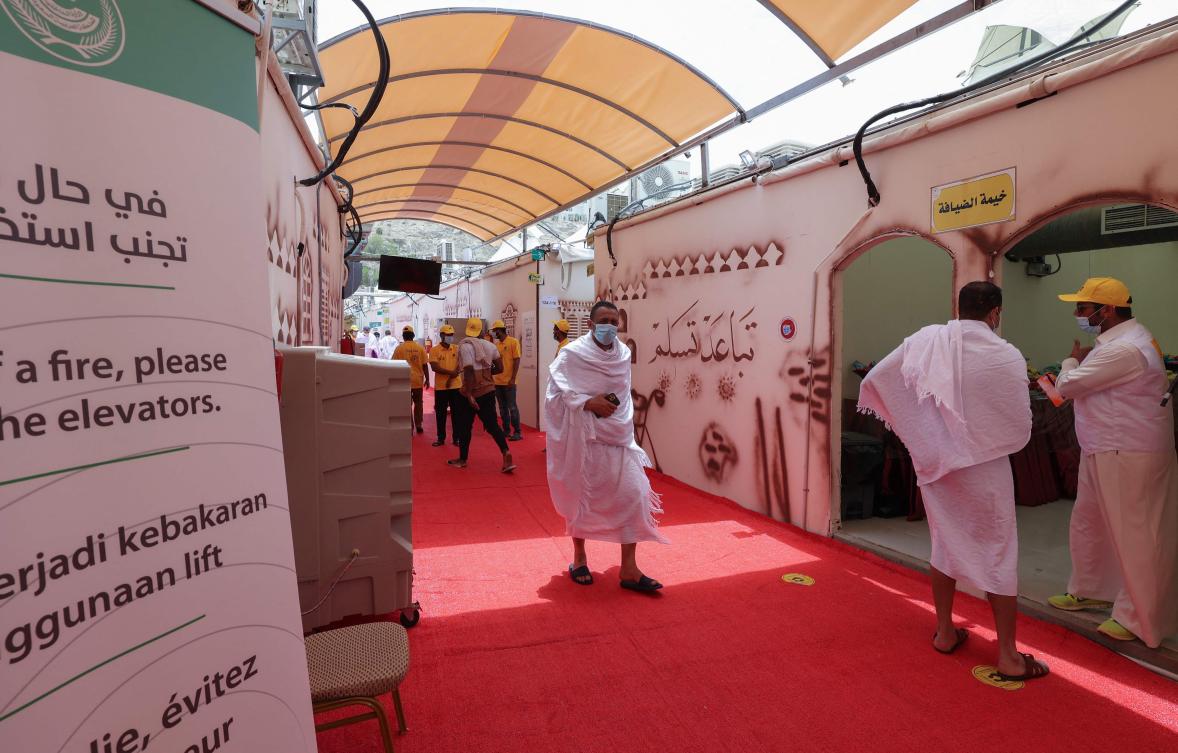MINA: Mina’s Hajj tent development, known as the City of Tents, is one of the biggest projects executed by the Saudi government to serve pilgrims during the Hajj season to ensure their comfort and security, extending over 2.5 million square meters with a capacity of 2.6 million people.

Pilgrimages in the past used to suffer from regular tent fires in Mina, largely as a result of pilgrims not adhering to safety guidelines. Despite exhaustive efforts to counter this, over the years fires claimed many lives, injured hundreds and resulted in pilgrims losing their property.
These tragedies led to the development of flame retardant tents made of fiberglass tissues covered with Teflon, which are resistant to high heat and ignition, and which prevent the emission of toxic gases.

The tents are linked to each other via paved, illuminated and signposted corridors, and each group of tents is surrounded by metal fences for security, with main gates and emergency exits.
They provide communal areas, toilets and bathrooms, kitchens and electrical outlets, and are equipped with air-conditioning systems, are shaped in accordance with Islamic norms, and are made of flexible parts to ease storage and installation.

The tents are either 8 square meters in size, 6 by 8 meters or 12 by 8 meters, and fire extinguishers and hoses are distributed across the corridors at approximately one every 100 meters.
Water sprinklers, that operate automatically upon sensing heat, are installed in each tent to extinguish fires, and the moment water is emitted from one, an alarm rings to alert security staff to the danger.
Special water tanks have been installed in tunnels on top of the mountains near Mina, with a capacity of 200,000 cubic meters to be used to extinguish fires.



















